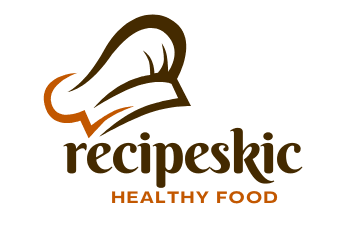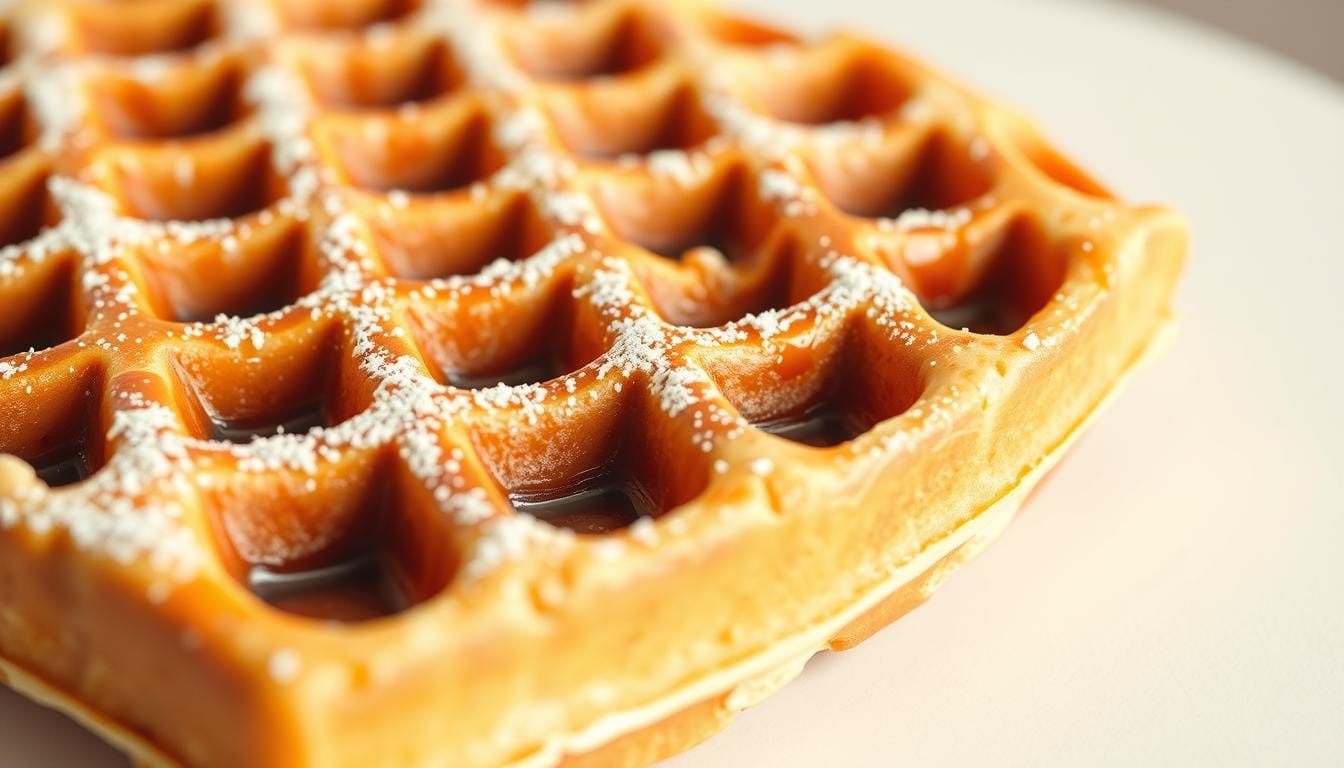How Many Calories Are in a Belgian Waffle? A Complete Breakdown
Belgian waffles are a favorite in American breakfasts. But knowing the calories in them is important for enjoying them without guilt. These fluffy treats, often topped with syrup or whipped cream, can be part of a healthy diet if eaten wisely. Understanding belgian waffle calories helps you make choices that fit your health goals while still enjoying your food.
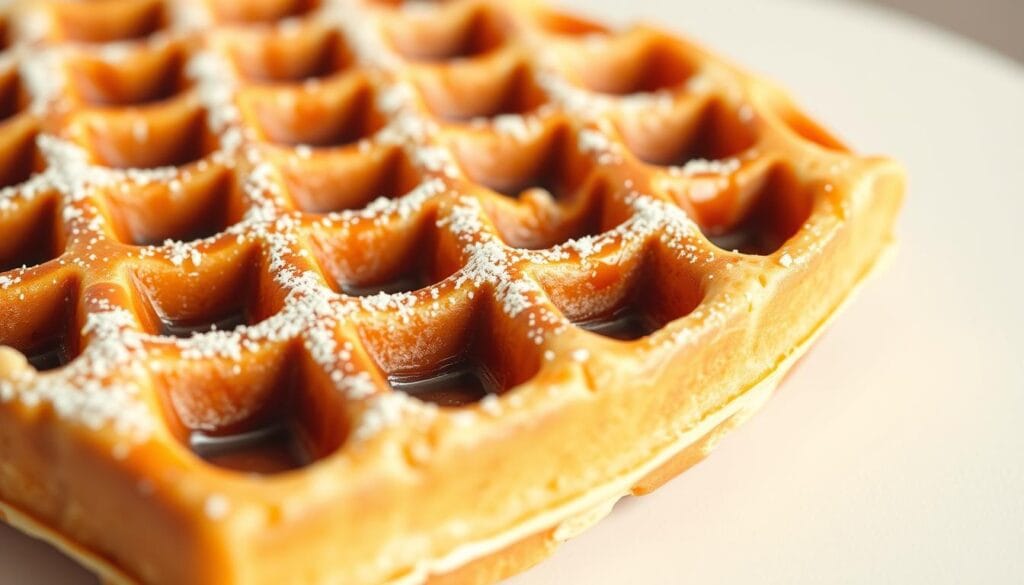
Key Takeaways
- Average belgian waffle calories range from 300–500 per serving.
- Toppings like butter and syrup add significant calories.
- Homemade versions let you control ingredients for lower calorie counts.
- Portion size and preparation methods impact nutritional value.
- Mindful eating allows belgian waffles to fit into healthy eating plans.
Understanding Belgian Waffle Calories and Their Impact
Belgian waffles are a favorite for breakfast, but what’s their nutritional value? Let’s explore their unique features and calorie count to guide your choices.
What Makes Belgian Waffles Different
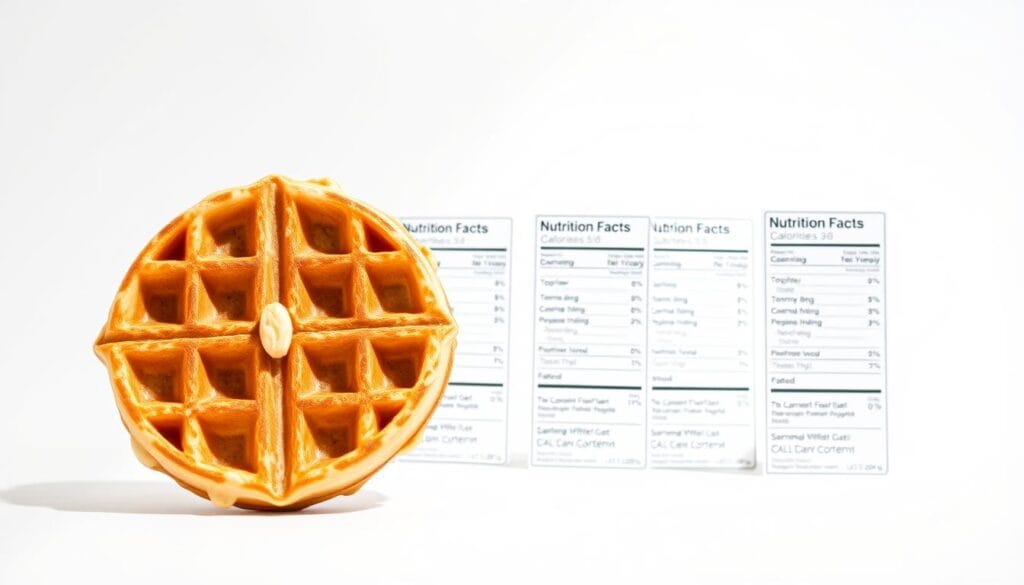
Real Belgian waffles have a thick, honeycomb-like structure. This is thanks to a leavened batter with eggs, butter, and sometimes sugar. Their deep pockets and airy texture make them different from American waffles. Traditional recipes often use buttermilk or yeast, adding richness that increases their calorie content.
Average Calorie Content of Belgian Waffles
| Waffle Type | Calories | Key Factors |
|---|---|---|
| Plain (4-inch) | 200-300 | Batter density, oil, and size |
| Servings with syrup | +150-200 | Syrup, butter, or whipped cream |
| Liege vs Brussels | 250-350 | Sugar crystals in batter (Liege) vs yeast (Brussels) |
How Belgian Waffles Compare to Other Breakfast Options
- Pancakes (standard 4-inch): 300 calories (without toppings)
- French toast: 350-450 calories (depending on breading and syrup)
- Oatmeal (unsweetened): 150 calories (1/2 cup dry)
- Breakfast sandwich (egg, bacon): 350-500 calories
Belgian waffles have a mid-range calorie count but can vary a lot based on toppings. Choosing fruit or yogurt instead of syrups can help lower calories while still being filling.
Belgian Waffle Nutrition Facts: The Complete Breakdown
Understanding belgian waffle nutrition info starts with knowing the macros and micronutrients. Here’s a look at what a standard 100g serving offers:
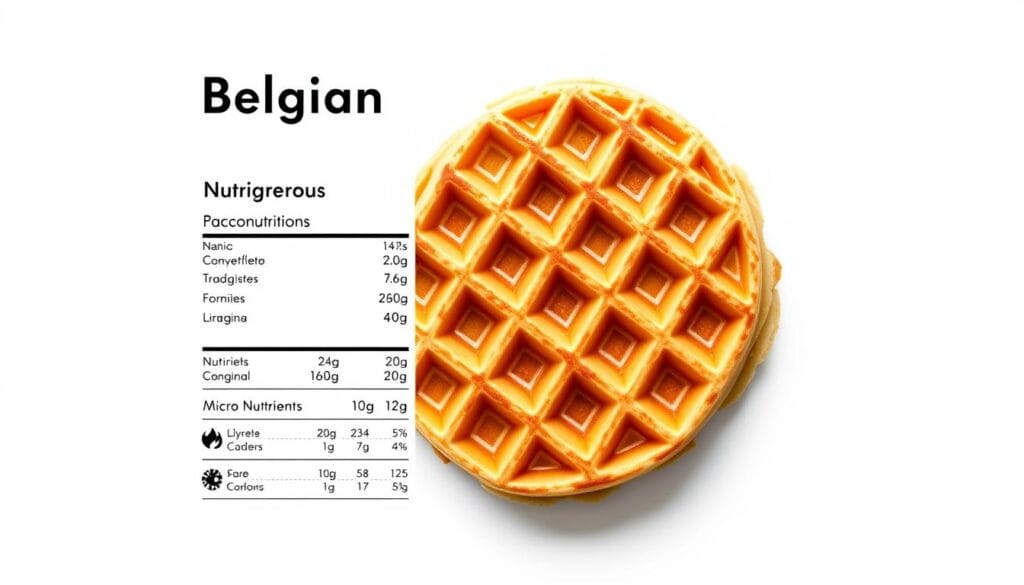
| Nutrient | Amount per Serving | % Daily Value |
|---|---|---|
| Carbohydrates | 50g | 17% |
| Protein | 7g | 14% |
| Total Fat | 15g | 23% |
| Fiber | 2g | 8% |
| Iron | 4% DV | |
| Calcium | 6% DV |
This table shows carbs are the main component. They also provide minerals and B vitamins from eggs and milk. The 15g of fat comes from butter or oil in the batter.
- Carbs fuel energy but check added sugars in syrups.
- Protein supports muscles, though levels are moderate.
- Fats vary based on cooking oil—opt for olive oil for healthier fats.
Belgian waffle nutrition info shows they’re more than just calories. Pair them with fresh fruit or yogurt to boost fiber and vitamins. Small changes like using whole-grain batter can increase fiber to 4g, making them even better. Every bite matters—so choose your ingredients wisely!
Traditional Belgian Waffle Ingredients and Their Nutritional Impact
Belgian waffle ingredients vary in nutritional value. This affects the calorie count and health profile of this classic treat. Let’s explore how each component contributes to taste and wellness.
Core Ingredients Analysis
The foundation of authentic Belgian waffles starts with belgian waffle ingredients like all-purpose flour, eggs, milk, and butter. Flour provides carbohydrates, while eggs add protein. Butter contributes fats and flavor, and sugar sweetens the mix. Yeast or baking powder act as leavening agents, but yeast-based recipes often use fewer refined sugars. Here’s a quick breakdown:
- Flour: Supplies energy and fiber (if whole grain).
- Butter: Adds saturated fats and calories.
- Eggs: Deliver protein and vitamins.
- Sugar: Increases calorie content and glycemic index.
How Preparation Methods Affect Nutritional Value
Traditional yeasted waffles require slow rising, reducing the need for extra sugar. Quick recipes often rely on baking powder but may add more butter or oil, boosting calories. Opting for whole milk versus skim or plant-based milk also shifts fat and protein levels. Grilling or baking at lower temperatures preserves nutrients better than frying.
Store-Bought vs Homemade: A Nutritional Split
Homemade versions let you control belgian waffle ingredients, reducing added sugars and unhealthy fats. Store-bought options often include preservatives, artificial flavorings, and higher sodium. Compare these differences:
- Homemade: Adjustable sugar, fresh ingredients.
- Store-Bought: Longer shelf life but more additives.
Choosing quality ingredients and preparation techniques keeps Belgian waffles both delicious and diet-friendly. Small swaps, like using Greek yogurt instead of butter, can make a big difference!
How Toppings and Add-ons Affect Belgian Waffle Calories
Choosing the right toppings can make a Belgian waffle a smart snack. Let’s look at how different toppings change calorie counts. We’ll also find lighter options.
Common Toppings and Their Calorie Contribution
Whipped cream adds 50–70 calories per serving. Chocolate sauce brings in 100+ calories with just 2 tablespoons. Maple syrup drizzles add 20–30 calories per tablespoon. Here’s a quick comparison:
| Topping | Calories | Impact |
|---|---|---|
| Whipped Cream (2 oz) | 80 | Rich but calorie-dense |
| Maple Syrup (1 tbsp) | 52 | Sweetness without excess fat |
| Chocolate Sauce (2 tbsp) | 120 | High sugar and calories |
| Fresh Berries (1/2 cup) | 40 | Natural sweetness, low calories |
| Ice Cream (1/2 cup) | 140 | Heavy on sugar and fat |
Healthier Topping Alternatives
Swap high-calorie options for these smart picks:
- Plain Greek yogurt instead of whipped cream (saves 30–50 calories)
- Lemon-zested berries instead of syrup (cuts 30+ calories)
- Dark chocolate shavings (70% cocoa) for richer flavor with fewer calories than milk chocolate
Try Truvia syrup or Monk Fruit Sweetener as lower-calorie sweeteners. A sprinkle of cinnamon adds flavor without calories.
Belgian Waffle Serving Size Guidelines
Knowing the belgian waffle serving size is key to enjoying them without overdoing it. A single waffle is about 3-4 inches wide, similar to a DVD. Restaurants often give out bigger portions, sometimes even double what you should eat.
But, traditional Belgian waffles are smaller. They come with lighter toppings, making them a healthier choice.
- Home: Use a 4-inch waffle iron for portion control
- Restaurants: Split a serving with a friend
- Packaged: Check labels for “single-serve” options
| Setting | Recommended Serving |
|---|---|
| Home | 1 medium waffle (250-300 calories) |
| Restaurant | Share 1-2 waffles per diner |
| Pre-packaged | Follow manufacturer’s single-serve guidelines |
Visual cues can help with portion control. Place your waffle on a 9-inch plate. If it’s too big, it’s not right.
At brunch spots, ask for a to-go box to save half for later. Brands like Pillsbury offer mixes that fit USDA dietary guidelines. Making small changes can keep meals balanced and fun.
Health Benefits of Belgian Waffles When Consumed Mindfully
Belgian waffles can be more than just tasty treats. They can be part of a healthy diet if made and eaten with care.
Nutritional Advantages
- Whole wheat flour versions give you fiber and complex carbs for lasting energy.
- Eggs add protein, which is good for muscles, and milk boosts calcium.
- Adding fresh berries or nuts can increase vitamins, antioxidants, and healthy fats.
When Belgian Waffles Fit into a Balanced Diet
- Occasional treat: Enjoy them as a weekend breakfast treat, not every day.
- Pre-activity fuel: Eat them with Greek yogurt for a carb boost before working out.
- Brunch staple: Pair with avocado or smoked salmon for protein-rich meals.
Making mindful choices can make Belgian waffles a special treat that fits into your health goals. Choose homemade recipes and toppings rich in nutrients to get the most benefits.
Low-Calorie Belgian Waffle Recipes That Don’t Sacrifice Taste
Make your breakfast table shine with low-calorie belgian waffle recipe tips. These tricks cut calories without losing the waffle’s crunch and taste. Enjoy a guilt-free treat with these proven methods.
Recipe Modifications for Reduced Calories
Small changes can make a big difference:
- Cut sugar by 25% and add ground cinnamon for warmth.
- Replace 1/2 the butter with unsweetened applesauce.
- Use monk fruit sweetener to slash sugar by 40% without losing taste.
Specialty Ingredients for Lighter Waffles
These additions boost nutrition without losing flavor:
- Blend 1/3 almond flour with whole wheat for a lighter texture.
- Add vanilla protein powder for fullness without extra carbs.
- Use oat milk instead of whole milk to reduce fat by 30%.
Cooking Techniques That Reduce Calorie Content
Optimize your cooking process:
- Non-stick waffle irons need zero added oil.
- Bake at 375°F for 15 minutes for crispiness without grease.
- Use mini waffle makers to keep portions to 150 calories each.
Restaurant vs. Homemade: Making Informed Choices About Belgian Waffle Calories
When it comes to belgian waffle calories, knowing the difference between restaurant and homemade is key. Restaurants can offer waffles with over 600 calories, especially if they’re smothered in butter. On the other hand, some upscale places might have lighter options. This knowledge helps you make choices that are both mindful and satisfying.
“Choosing whole ingredients at home lets you slash calories without sacrificing taste.”
- At restaurants: Ask for syrup on the side or opt for fresh fruit instead of whipped cream.
- Share large portions with a friend to control portions.
- Check chain menus like Denny’s or IHOP for posted calorie counts online.
Homemade waffles offer a world of possibilities for customization. Here are some tips:
- Swap half the flour for oat flour to cut carbs.
- Use Greek yogurt in batter for moisture without added sugar.
- Bake instead of frying to reduce fat intake.
| Comparison Point | Restaurant Waffles | Homemade Waffles |
|---|---|---|
| Key Ingredients | Refined flour, added sugars, butter | Customizable grains, fresh fruits, plant-based oils |
| Average Calories | 500-800 per serving | 300-450 with smart swaps |
| Customization | Limited options | Full control over ingredients |
Belgian waffle calories don’t have to ruin your diet. Whether you’re eating out or cooking at home, making small changes can keep your meals both tasty and healthy. It’s all about making smart choices.
Conclusion: Enjoying Belgian Waffles as Part of a Health-Conscious Lifestyle
Learning about the nutrition facts of Belgian waffles makes them a mindful treat. Whether you make them at home or buy them, knowing the calorie counts and ingredients helps you make better choices. Choosing whole-grain mixes or low-sugar toppings keeps your portions right while keeping the taste.
Homemade waffles let you control what goes into them, like eggs, milk, and butter. You can cut down on added sugars. Store-bought waffles have different nutrition facts, so always check the labels for the best options. Making small changes, like using fresh fruit instead of syrup, can make a big difference without losing flavor.
Enjoying Belgian waffles with awareness makes them a special part of your meals. By using quality ingredients and being mindful of portions, they become more than just breakfast. They’re a chance to enjoy food thoughtfully. Making small changes can make every bite healthier and more informed.
FAQ
How many calories are in a standard Belgian waffle?
A standard Belgian waffle has about 350-400 calories. This depends on its size and the ingredients used. Always check the nutritional facts for specific brands!
What are the primary ingredients in a traditional Belgian waffle?
A traditional Belgian waffle includes flour, eggs, milk, sugar, butter, and yeast. These ingredients give the waffle its unique texture and flavor.
Can I make a low-calorie Belgian waffle?
Yes! You can make a low-calorie Belgian waffle by using less sugar and fat. Try using whole grain flour or substituting Greek yogurt for butter.
What toppings are recommended for reducing calorie intake?
For healthier toppings, use fresh fruits, a dollop of Greek yogurt, or a light drizzle of pure maple syrup. These options add flavor without many calories.
How do Belgian waffles compare to other breakfast options in terms of calories?
Belgian waffles usually have more calories than pancakes and oatmeal. But, the calorie count changes with portion size and toppings.
What is the suggested serving size for Belgian waffles?
A typical serving size is one medium-sized waffle. Be aware that restaurant portions can be larger.
Are there any health benefits to eating Belgian waffles?
Yes! Belgian waffles made with whole grains and topped with fruits or nuts can be nutritious. They can be part of a balanced diet when enjoyed mindfully.
How can I make informed choices at restaurants regarding Belgian waffle calories?
When dining out, check the menu for calorie information. Ask for toppings on the side or share a dish to control portion sizes.
What are the nutrition facts I should be aware of for Belgian waffles?
Belgian waffles have calories, carbohydrates, proteins, and fats. They also provide vitamins and minerals if made with quality ingredients.
How does the preparation method affect Belgian waffle nutrition?
The preparation method, like using a yeasted batter versus a quick mix, affects nutrition. Traditional methods often result in higher quality, flavor, and nutrients.
